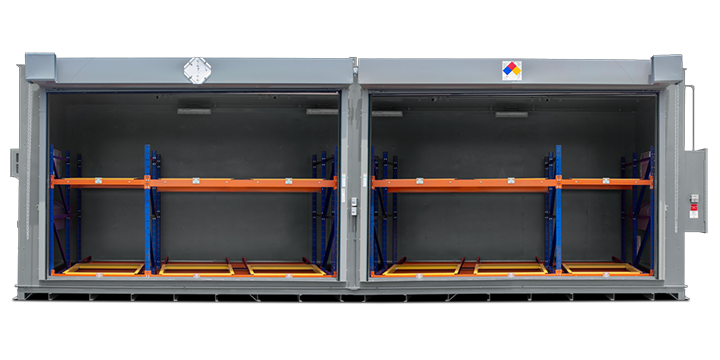There’s a place for every tool or piece of equipment on the jobsite. Investing in compliant chemical storage ensures compliance, organization, and efficient operations. Hazardous materials stockpiles should always be stored in an OSHA compliant storage container or locker. While the delineation of storage varies upon classification and application, all hazardous materials should be stored away from incompatible materials. Furthermore, volatile chemicals require dry ventilated storage areas separate from vulnerable equipment and personnel. Hazardous materials can exist in a solid, liquid, gaseous, or semi-solid state, adding to the complexity of storage requirements. OSHA allows for the storage of 25 gallons of flammable liquid outside a compliant storage container. Higher volumes, depending on boiling points, require segregated protection to mitigate fire and explosion risks.
What is a Hazardous Material? How Do I Ensure Compliance?
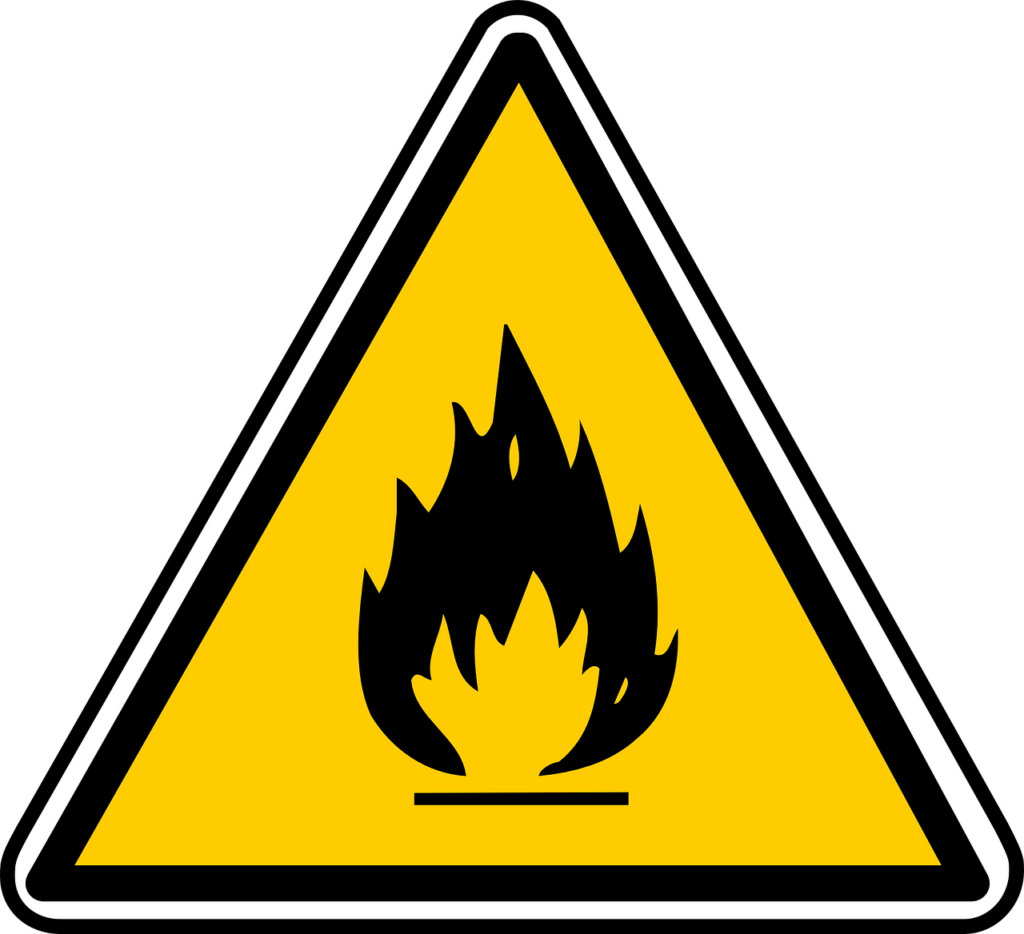
A hazardous material is any chemical compound that poses a health, safety, or environmental risk. NFPA 30 defines a hazardous material as a “material presenting dangers beyond the fire problems relating to flash point.” Almost every industry will require hazardous materials storage during operating processes requiring centralized static storage. While variances from authorities having jurisdiction will differ depending on application, dangerous chemicals should be stored based on classification and grouping.
What are the Classifications for Hazardous Materials?
Because of the potential scope of damage and inherent health risks, hazardous materials are classified based on reactivity. Explosives, flammable liquids, gases, toxic substances, radioactive materials, and oxidizers require unique and separate chemical storage solutions. Although certain classifications of hazardous materials can be stored in proximity, OSHA regulations call for segregated storage to prevent inadvertent reactions and environmental contamination. Following chemical storage guidelines ensures appropriate storage, handling, and safety measures of all hazardous materials. The hazard classifications and divisions specified by NFPA 30 include:
- Class I Liquids: Flammable liquids that have a flash point below 100°F (37.8°C). They are further divided into three categories based on their volatility:
- Class IA: Liquids with a flash point below 73°F (22.8°C) and a boiling point below 100°F (37.8°C).
- Class IB: Liquids with a flash point below 73°F (22.8°C) and a boiling point at or above 100°F (37.8°C).
- Class IC: Liquids with a flash point at or above 73°F (22.8°C) and below 100°F (37.8°C).
- Class II Liquids: Combustible liquids with a flash point at or above 100°F (37.8°C) and below 140°F (60°C). They are also divided into three categories based on their flash points.
- Class IIIA Liquids: Combustible liquids with a flash point at or above 140°F (60°C) and below 200°F (93.4°C).
- Class IIIB Liquids: Combustible liquids with a flash point at or above 200°F (93.4°C).
All Category I, II, or III flammable liquids should be kept in closed containers when not in use.
How to Store and Handle Hazardous Materials?
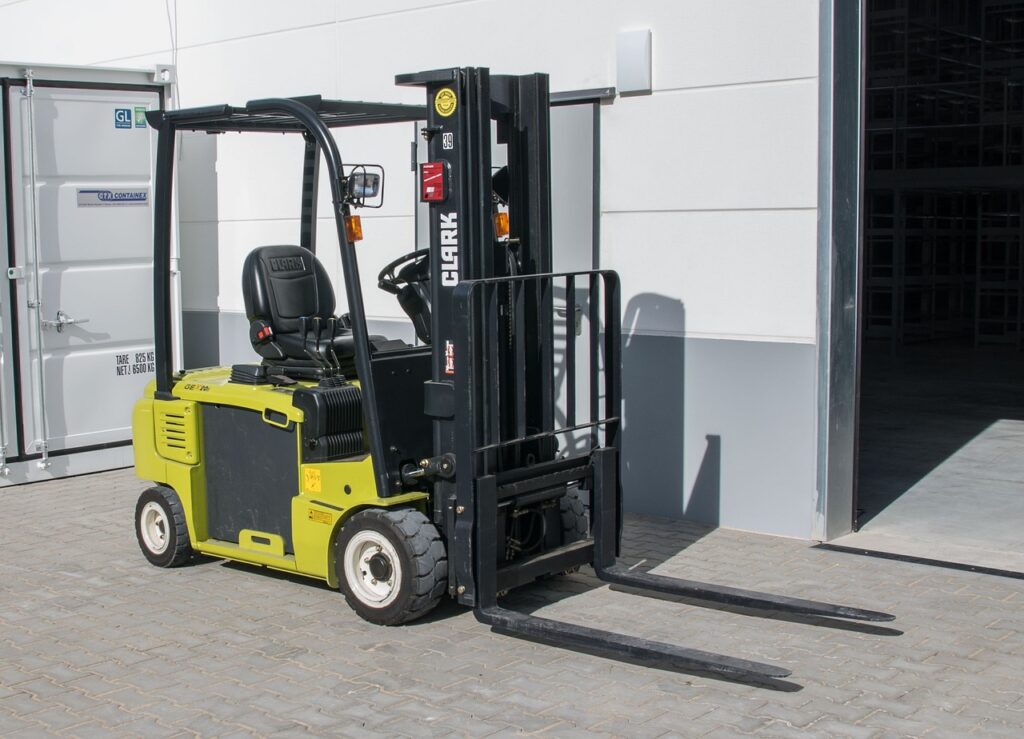
Hazardous materials must always be stored below eye level. Additionally, hazardous materials should never be stored on the floor or unstable surfaces such as ledges, egresses, tilted shelving, or in older chemical drums susceptible to leaks. All hazardous material containers must be closed until and after dispensing and mixing. OSHA requires no more than 60 gallons of flammable liquid (flashpoint below 140 degrees F) or 120 gallons of combustible (flashpoint at or above 140 degrees F) can be stored in a single chemical storage container or warehouse. Moreover, OSHA requires the use of rated storage safety cabinets when possible. Although the extent of reactivity varies, all employees handling dangerous chemicals should wear protective gloves, aprons, and respirators. All chemical containers should be properly labeled ensuring proper application and storage. Because ignorance is the enemy of safety, all employees should be properly trained on the handling and storage of dangerous chemicals.
Determining the classification of hazardous materials guides chemical storage. Proper chemical storage regulations require proper segregation of differing classes of hazardous materials to prevent incompatible materials from being stored together. For example, acids should be stored away from substances that could release corrosive, toxic, or flammable vapors if allowed to interact. Although organizationally counterintuitive, never store chemicals alphabetically unless they are compatible. All personnel should verify storage containers, such as drums and totes, are designed and constructed in accordance with NFPA 30 specifications.
Ventilation
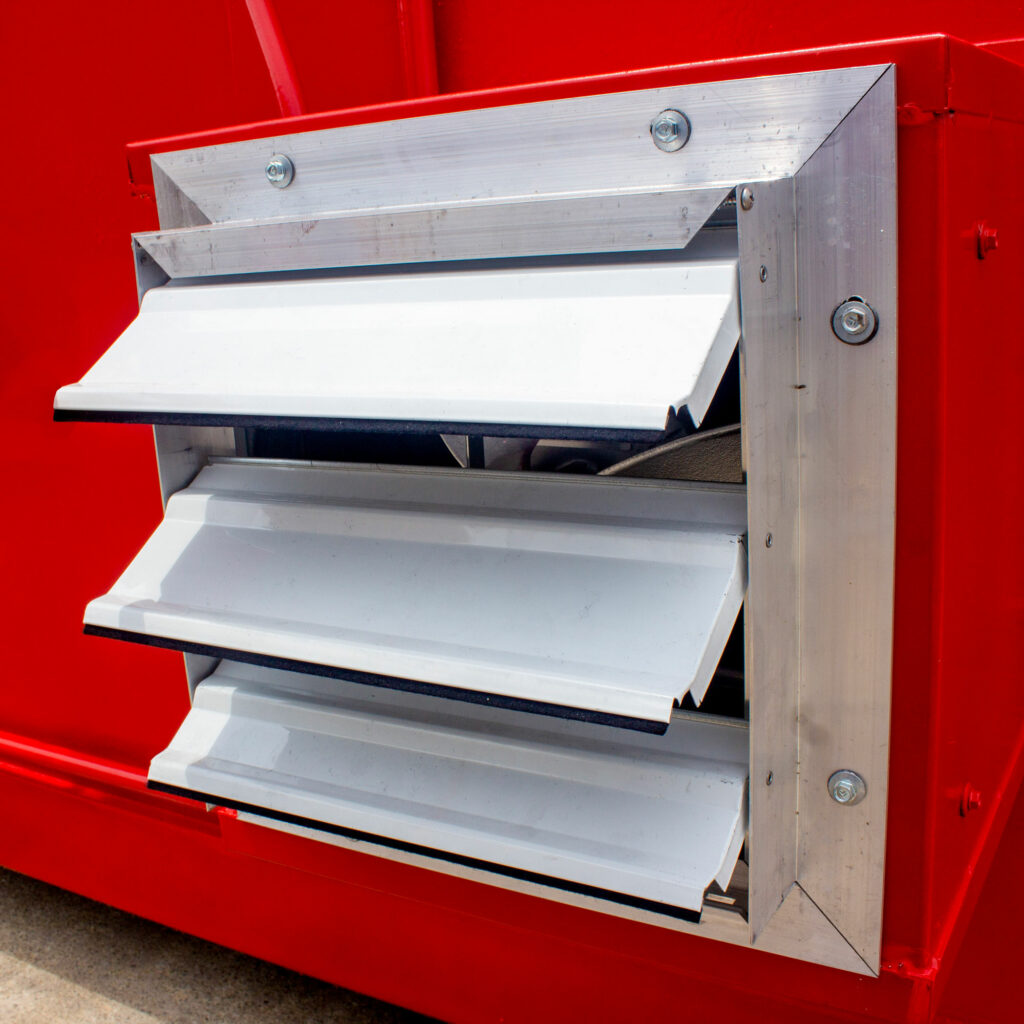
For reduced fire risk, ensure all chemical storage lockers or warehouses provide adequate airflow to prevent the dangerous accumulation of flammable vapors in storage areas. For superior protection, consider a U.S. Hazmat Rentals fire-rated storage locker. Our mechanical and passive ventilation systems ensure compliant chemical protection. Our mechanical ventilation option provides up to six continuous air changes per hour, mitigating potential buildups of toxic vapors that cause flashovers or the sudden ignition of the air surrounding the dangerous chemical. Portable tanks not exceeding 660 gallons must have emergency venting in accordance with chapters II and III of the The Flammable and Combustible Liquids Code, NFPA 30-1969.
Climate Control
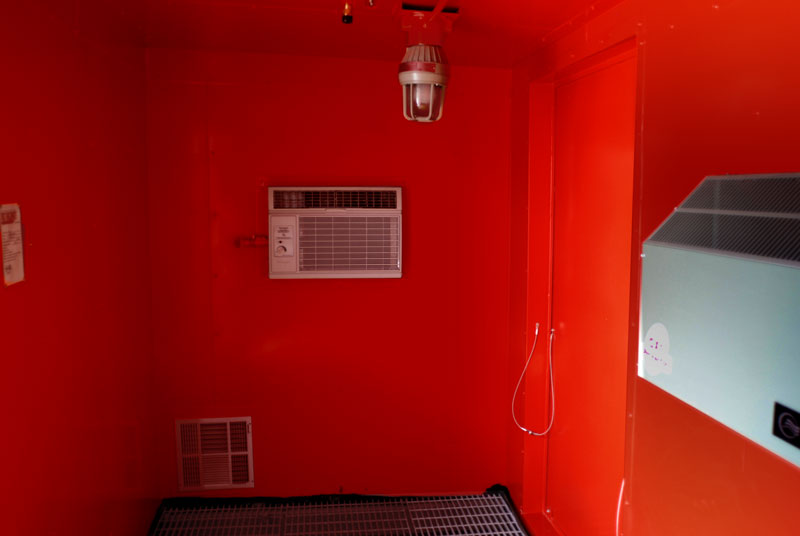
Some classifications, or types of hazardous chemicals, require special consideration for temperature fluctuations. Certain hazardous chemicals will become more volatile or dangerous if stored in environments prone to rapid heating. Other chemical compounds will breakdown or become ineffective if allowed to approach freezing temperatures. Optional climate control chemical storage prevents chemical degradation and flashovers.
Fire Suppression
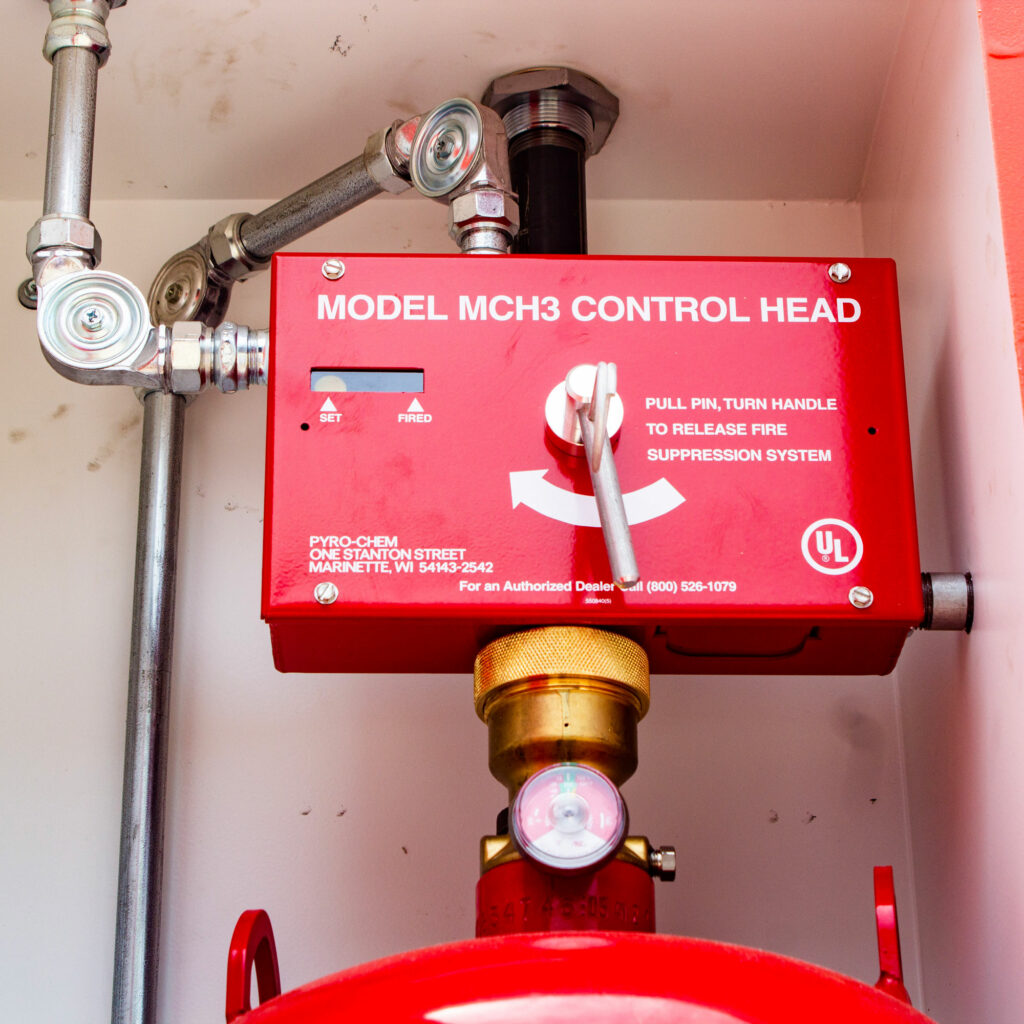
All chemical storage areas should be kept free of debris and combustible materials. Our fire-rated chemical warehouses ensure safe, secure, and sterile storage environments. OSHA requires at least “one portable fire extinguisher having a rating of not less than 20-B units shall be located not less than 25 feet, nor more than 75 feet from any flammable liquid storage area located outside.” Where sprinklers are provided, these fixtures must be installed in accordance with the Standard for the Installation of Sprinkler Systems. Our optional fire suppression systems surpass conventional chemical storage requirements. During a fire, remote activation triggers an immediate dousing response from a series of overhead pipes and sprinklers. Manual pull stations also enable concentrated dousing for localized fires.
Chemical Spill Containment

Adequate spill containment prevents leaks and spills from contaminating waterways and streams. Each U.S. Hazmat Rentals storage locker is equipped with an innovative spill sump containment system. A steel grated flooring system sits atop a large compliant sump on the bottom of the locker. During a spill, the liquid will pass through the steel grated floor into the sump until safe extraction.
Valuing Employee Training
Knowledge is your best defense against noncompliant chemical storage. Safety data sheets are your cheat sheet for industrial chemical storage. Each SDS contains concise information on the compliant and safe handling of all dangerous chemicals. All project safety engineers must maintain up-to-date documentation, including permits, licenses, and certificates of compliance with NFPA 30 and other relevant regulations. Although not federally required, all employers should provide an emergency preparedness plan for safety protocols in the event of a chemical incident. Employees should conduct regular drills and exercises to test the effectiveness of emergency procedures and ensure all personnel are familiar with their roles and responsibilities.
Trust the Experts

Our experienced and knowledgeable building advisors can efficiently assess your chemical storage needs and provide turnkey temporary protection for all classifications of hazardous materials. We can mitigate short-term chemical storage dilemmas regardless of quantity. We provide non-fire and fire-rated storage lockers for 2 and 4-hour fire protection. Contact us today for a free quote and consultation.
